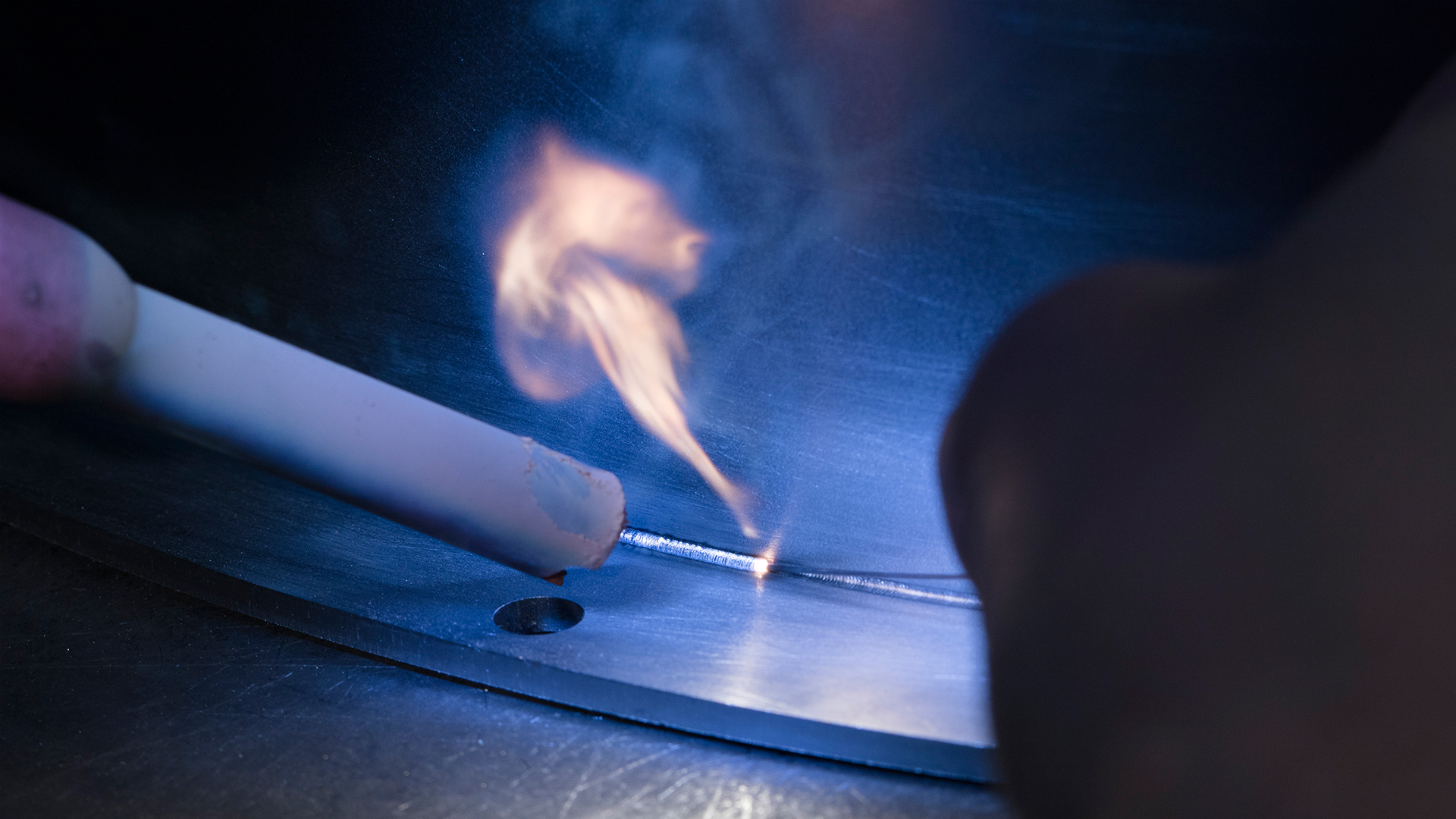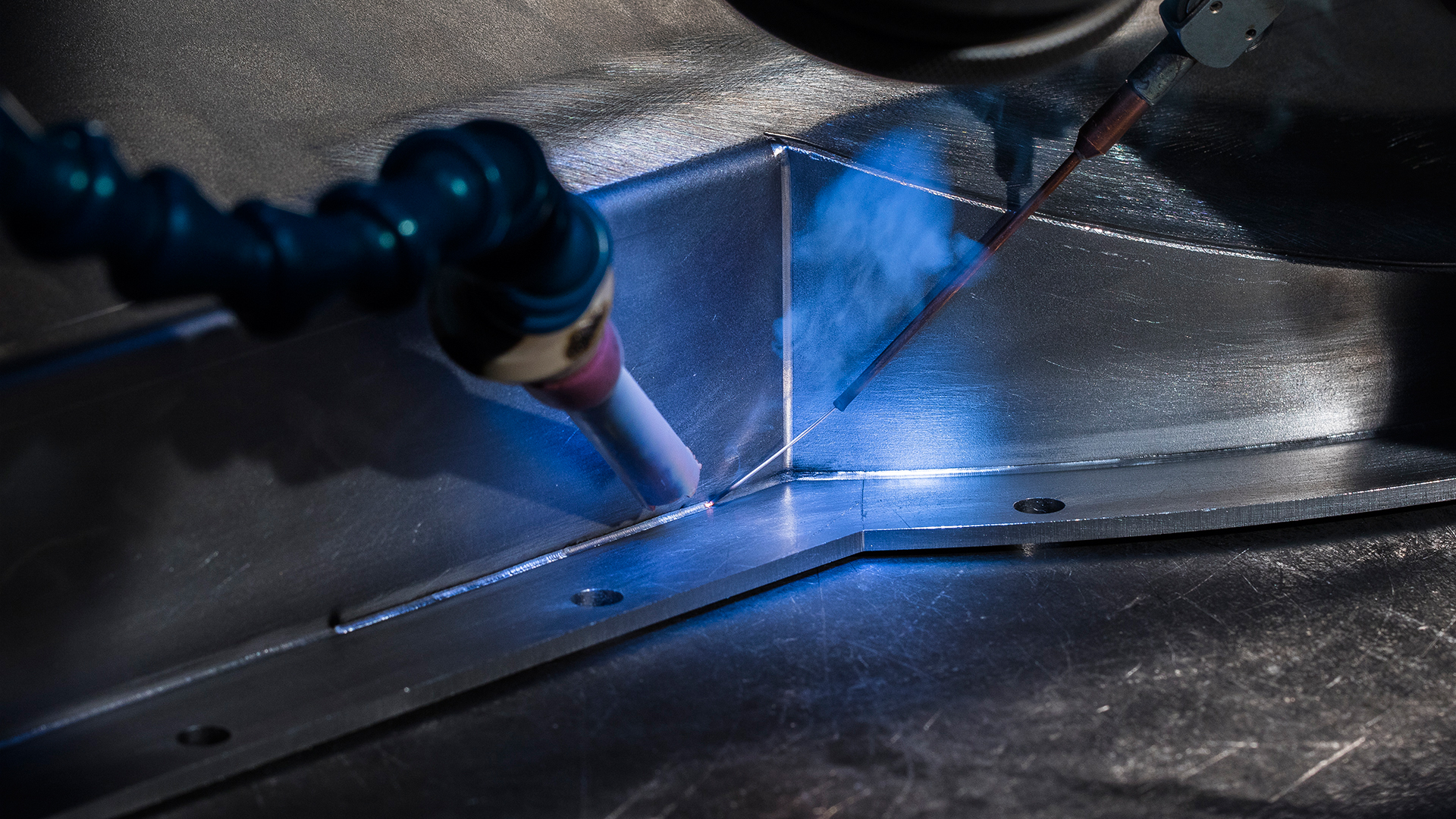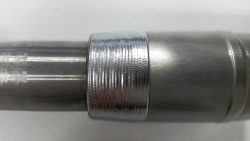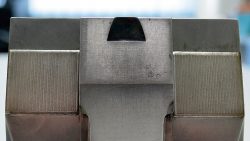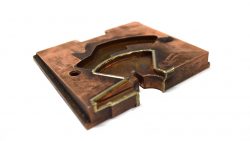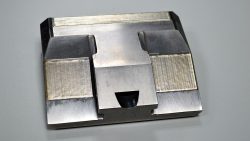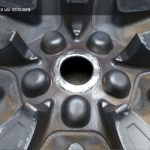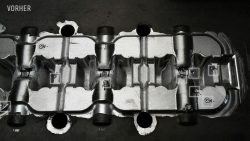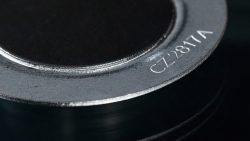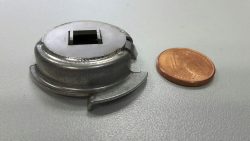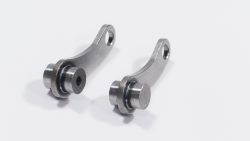Laser Welding
Highest precision – shot for shot.
Laser welding technology is particularly characterized by its capability to pinpoint and delicate processing. This level of precision is of major importance for treatment of finest contours and welding of thin-walled metal sheets in the µm range.
A further advantage is the low thermal input, so that warping is nearly absent and microstructural changes can be suppressed.
Pulsed laser welding is used in tool- and mold-making, sensor manufacturing, medical technology and for surgical instruments, as well as in sheet metal processing for prototypes and series.
The entry to a miniature world. Laser weld seams.
By means of laser welding technology, extremely filigree welding seams can be produced, without leaving undercuts or material ingress, which by conventional welding methods is not possible.
Our large variety of welding methods is a great benefit: Our large scope of methods in the field of welding and laser technology is also a source for interesting combinations. The optimum solution always can always be found, taking into consideration deadlines and cost aspects, according to your requirements.
Our large variety of welding methods is a great benefit: Our large scope of methods in the field of welding and laser technology is also a source for interesting combinations. The optimum solution always can always be found, taking into consideration deadlines and cost aspects, according to your requirements.
Benefits
- Low heat input into the surface
- Neither spatters nor undercuts
- Warping extremely reduced, concentrated and precise energy supply
- Application also on finest structures
- Low rework cost
- Nearly no microstructural change
- Delicate and exact treatment possible
- Suitable also in positions of difficult access
- Mobile laser welding directly on site
No speed limits!
Our laser systems are equipped with different laser sources: 300, 600 und 900W, enabling wires in the diameter range of mm precisely to be welded together. In the case of larger areas to be covered, the number of layers -thanks to thicker material coating- can be reduced. This saves time and money.
Tool and Mold Making
For repair and surface modification.
Manufacturing tools and molds usually gives rise to higher expenses. Their lifetime is often shortened by wear, damage or corrosion.
Laser build-up welding by means of wire can be performed without spatters, undercuts and material ingress, this way maintaining the quality of adjacent zones. This accurate kind of treatment is possible even for finest shapes.
In the case of larger areas to be applied, our powerful lasers enable wires in the diameter range of mm precisely to be welded together. By applying larger and thicker coating, the number of layers can be reduced. This saves time and money.
We regularly perform build-up welding by laser with powder steels and special alloys, e.g. Ampcoloy, copper-beryllium and Mold-Max. Our knowhow proves to be extremely valuable also in the case of joint welding of brass and steel.
The technology of laser welding, combined with our 25 years of experience, considerably increases the lifetime of your tools and molds, by wear resistant hard facing and regenerating. The properties of the tools can even be improved by sophisticated selection of weld metals.
Combined welding:
Simply the best.
As a strong and conscientious service provider, we always stay in close contact with our customers and offer a great variety of joining technologies, which may also be mutually combined.
This way we are able to bundle the advantages of different welding methods in a targeted manner, to find the most convenient solution for the current application. The best possible result is ensured at a reasonable price. You can take our word for it!
Our specialists are looking forward to giving you advice for your project. One call is enough . . .
Step by step:
Repair of an aluminum die for car rims (TIG + LASER).
Forging Meets Precision Technology.
Die Construction
Worn forging contours are often restored and thus regenerated by gouging and flood welding, by applying special alloys. A drawback is the sudden occurrence of pores within the weld metal during a following CNC milling operation. As this usually arises at positions hard to reach, rewelding by means of conventional methods turns out to be impossible.
To solve this problem, we use the laser beam which closes the pores without leaving undercuts, and without damaging adjacent areas. Subsequent rework is normally carried out manually, since quantity of material added to the surface in a laser welding procedure is very low, and can be easily ground down by hand.
The perfect technology for saving time and money – for sure!
Sensors and Extrusion Bolts
Precision under pressure.
As sensor manufacturing requires precision in the range of mm and µm, laser welding in this sector is often the preferred choice. By adding a convenient filler metal, we are able to create by our lasers– pulsed or CW – clean, durable and gas tight joints.
We are familiar with serial production of weld connections between extremely thin membranes or foils (up from 0.03mm) at safety relevant extrusion bolts, with seams in the range µm, able to withstand a subsequent pressure test of 270 bar. The test specification requires that in the case of pressure increased further, burst is admissible only in the center of the membrane, not within the weld.
Metal and Sheet Metal Processing
Perfect weld seams, no rework required.
Narrow and fine weld seams without discoloration – this advantage cannot be obtained by conventional welding technologies. Whether single part, prototype or large series: We are looking forward to receiving your inquiry.
For very thin metal sheet foils, up from 0.03mm we are able to produce valuable and durable weld connections by means of our pulsed lasers. Mutual connections between thicker sheets are established in Pulse- or CW mode (Continuous Wave/Continuous Beam Laser), which can also be used for weld-through connections of two sheet metal parts placed on top of each other.
Due to the superior optical appearance of the welded connections, the components do not have to be reground. As warping is nearly absent, straightening is also not necessary.
We weld together prototypes, single parts or small series in a manual semi-automatic laser procedure. As batch sizes increase, we change over to our fully automatic 3D robot unit for laser welding and cutting, thus reducing cost.

It’s just a question of power – no speed limits.
Our laser systems are equipped with different laser sources: 300, 600 und 900W, so the correct model can be selected for delicate shapes or for larger surfaces. In the case of larger areas to be applied, our powerful lasers enable wires in the diameter range of mm precisely to be welded together. By applying larger and thicker coating, the number of layers can be reduced. This saves time and money.





